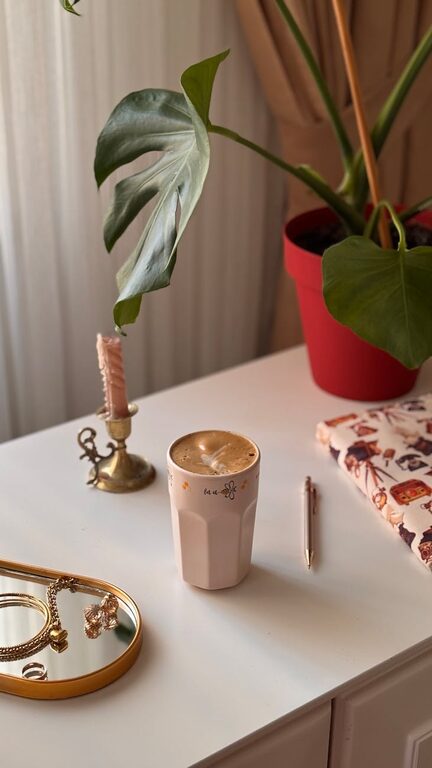
How to Create a Relaxing Home Workspace for Better Focus
Creating a relaxing home workspace is essential for maintaining focus, reducing stress, and enhancing productivity—especially as more people work from home. Your environment plays a big role in how you feel and how effectively you can get tasks done. In this guide, we’ll explore simple yet effective ways to transform your workspace into a calm and inviting area where you love to spend time.
Why a Relaxing Workspace Matters
A workspace that feels peaceful and organized helps keep distractions at bay. When your surroundings are cluttered or chaotic, your mind tends to mirror that state, making it harder to concentrate. On the other hand, a clutter-free, relaxing space can boost creativity and help you work with ease.
Step 1: Choose the Right Location
Pick a Quiet Spot
Finding a quiet corner or room away from household noise is key. Ideally, a space with a door can help separate work from home life.
Consider Natural Light
Natural light has a positive effect on mood and energy levels. Position your desk near a window if possible, but avoid glare on your screen by adjusting blinds or curtains.
Step 2: Focus on Comfort and Ergonomics
Invest in a Good Chair
Comfortable seating supports your posture and prevents back pain. Look for an ergonomic chair with adjustable height and lumbar support.
Set Your Desk at the Right Height
Your desk should allow you to keep your arms at a 90-degree angle when typing. This helps reduce strain on your wrists and shoulders.
Add Foot Support
If your feet don’t rest flat on the floor, a footrest can improve circulation and comfort.
Step 3: Declutter and Organize
Keep Essentials Close
Store frequently used items within arm’s reach to minimize distractions.
Use Storage Solutions
Drawers, shelves, and container boxes help keep your desk clear. Labeling storage containers also speeds up finding what you need.
Limit Personal Items
While personal touches are good, avoid overcrowding your desk with too many decorations.
Step 4: Add Soothing Elements
Choose Calming Colors
Soft blues, greens, or neutrals tend to create a peaceful atmosphere. Consider repainting walls or adding accessories in these tones.
Incorporate Plants
Indoor plants improve air quality and add a touch of nature, which can reduce stress.
Use Soft Lighting
Avoid harsh overhead lights. Instead, use desk lamps with warm bulbs or string lights to create a cozy glow.
Step 5: Minimize Distractions
Manage Noise
If a quiet spot isn’t possible, noise-cancelling headphones or background music can help.
Reduce Digital Interruptions
Turn off non-essential notifications or use apps that block distracting sites during work hours.
Step 6: Personalize Thoughtfully
Add Inspiring Decor
Photos, artwork, or quotes that motivate you are great additions when kept minimal.
Keep a Water Bottle Nearby
Staying hydrated is important for focus and health.
Use Aromatherapy
A subtle scent from essential oils or candles can create a calming environment, but keep it light to avoid irritation.
Step 7: Maintain Your Workspace
Daily Tidying
Spend 5 minutes at the end of each day tidying up to keep clutter from building up.
Regularly Reassess
Every few weeks, check if your workspace meets your needs and make adjustments as necessary.
Final Thoughts
Creating a relaxing home workspace doesn’t have to be complicated or expensive. Small changes in lighting, organization, and comfort can make a big difference in how you feel and perform. By designing a space that invites calmness and focus, you set yourself up for productive and enjoyable workdays.
Remember, your workspace should reflect your personal style while supporting your best work habits. Start with these steps today and enjoy the benefits of a peaceful, efficient home office.
